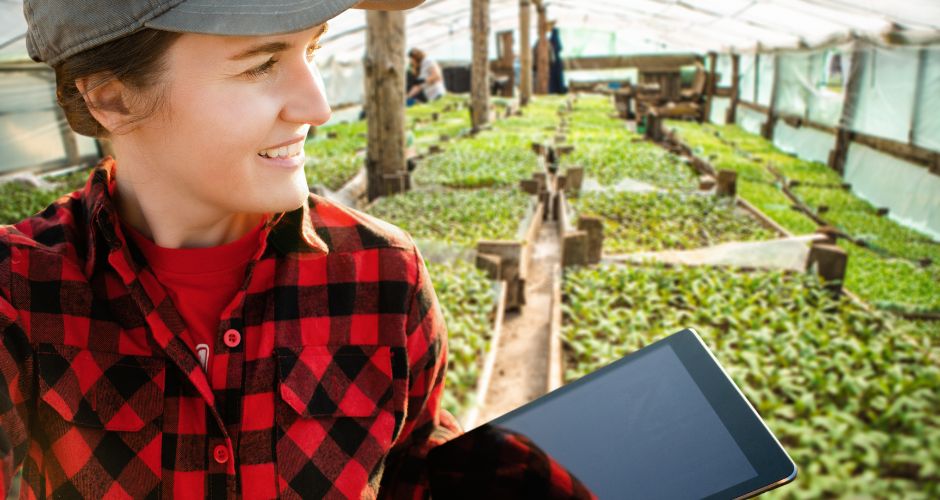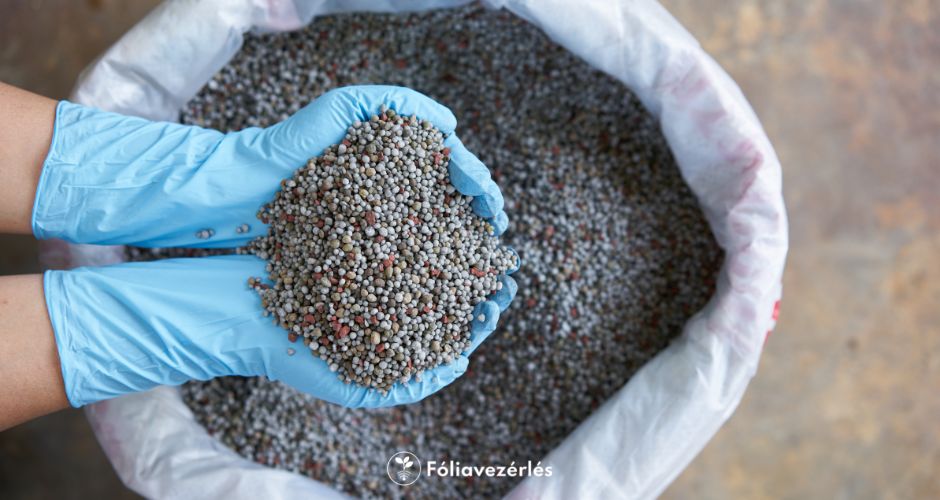From the basic manual work to fully automated, robotic systems, there are many possibilities for modernisation in the field of foil tunnel plant production. Modernisation emerged also as an evolutionary process in foil tunnel farming, so nowadays we have a wide range of “how” to choose from.
Let’s start with the basics: everything by hand, with human power
In the beginning, even the use of plastic foil itself was revolutionary in foil tunnel farming. Foil cover replaced greenhouses and gave farmers more flexibility in planning. Foil tunnels allowed crops to be grown all year round, regardless of the weather outside. This led to increased yields and lower prices for fresh products.
The basic principle of foil tunnel farming is that all the work can be done simply by hand, even by manpower, so that a farm based on foil tunnel plant production can be run without any modern approaches.

Machinery to replace heavy work
The next stage of modernisation was, for example, when the topsoil under the foil tunnel was no longer loosened and rotated by digging and ploughing, but by small rotary machines. A major milestone in modernisation of foil tunnel farming was the replacement of heavy labour by machinery and by practical tools that replaced physical human power.
Relieving continuous labour demand
Foil tunnel farming requires constant presence and a lot of continuous, everyday work. This includes ventilation, watering, monitoring temperature and humidity, but also planning for changes in the weather for the daily routine. You always have to think ahead and take a lot of data into account when making daily decisions. As a consequence, further advances in technology led to the development of automation systems that could control all aspects of plant growth.
These systems can monitor the levels of light, humidity, temperature and even soil nutrients, not to mention the expected weather conditions. Taking these parameters into account, smart, Internet-connected systems can automatically adjust settings in a pre-set way as needed to ensure optimal growing conditions, while also leaving farmers with manual intervention options.
The age of robots
The next phase of modernisation is expected to change greenhouse and foil tunnel farming completely. Robotisation – evidently in combination with previous achievements in modernisation – will enable foil tunnel plant production to be run as efficiently as possible, with as little human resources as possible. It may sound futuristic, but there are already fully automated and robotised foil tunnel and greenhouse cultivation systems. This allows them to operate at maximum efficiency and produce more crops with less labour.
Automation is probably the golden mean for a foil tunnel farmer currently, as these are easily installed and affordable technologies that pay off quickly in terms of value for money, while they also provide a constant connection with nature and do not neglect the importance of continuous human care.





